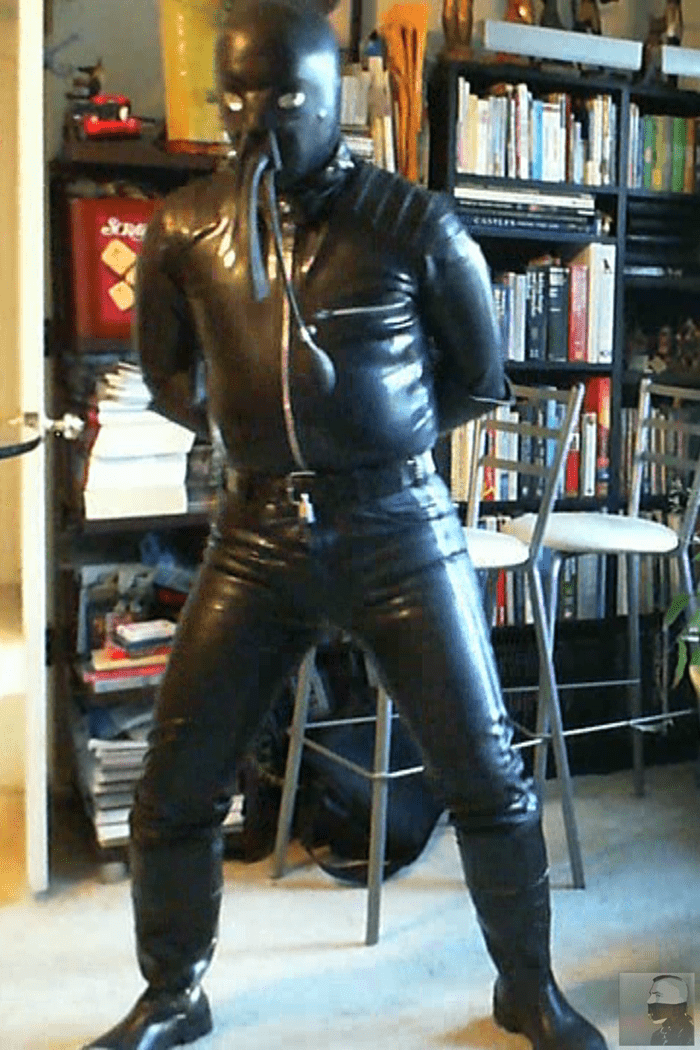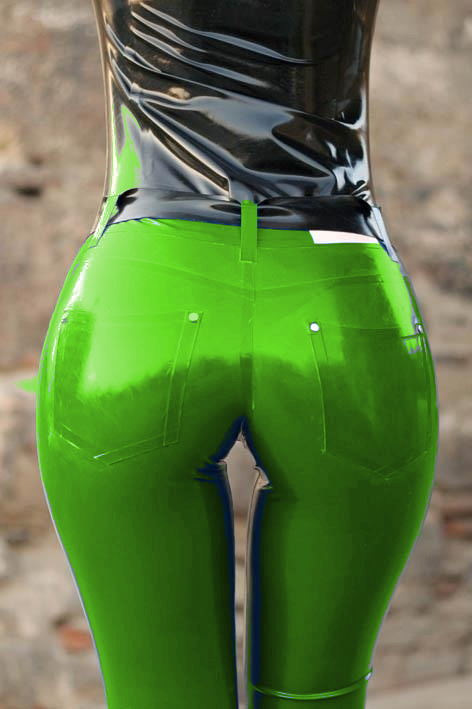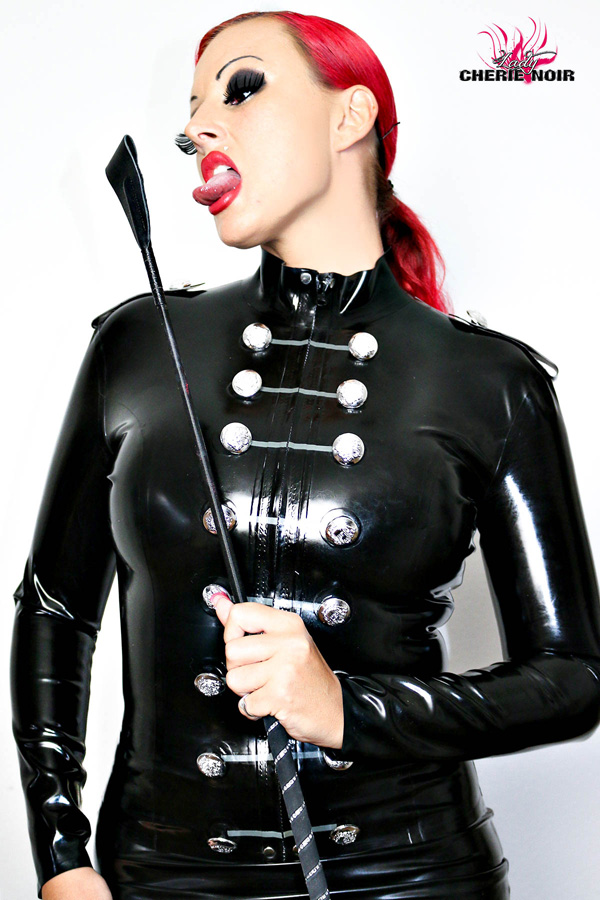Although with this we have a totally functional way of inserting images, in practice we don't insert them this way, since the image has neither a caption nor a way to reference it. It is more convenient to wrap the \includegraphics command inside the figure environment. This is a floating environment that lets us set a caption and a label, and also use position specifiers to control where the image will be placed.
However, and this is the main point where beamer differs from other LaTeX documents, the position specifiers have no effect in beamer presentations. They are ignored, and the image is simply placed in the same position as in the source code. Almost all of the time we have been using the figure environment to wrap the \includegraphics command so that beamer treats the images as floating objects. However, we can also use the raw \includegraphics command, and align it using pure TeX filling commands. The reason behind this is that the \includegraphics command just creates a TeX's box with the image inside it; that is, for the TeX system it is just as any other letter.
Visual elements such as graphs, charts, tables, photographs, diagrams, and maps capture your readers' attention and help them to understand your ideas more fully. They are like the illustrations that help tell the story. These visuals help to augment your written ideas and simplify complicated textual descriptions.
They can help the reader understand a complicated process or visualize trends in the data. The key concept to remember here is that visuals clarify, illustrate, and augment your written text; they are not a replacement for written text. If you have visual elements in your document, they must be based on and supplement your written content.
Throwing in "gratuitous graphics" just to decorate or take up space can confuse your reader. One common frustration with LaTeX is the placement of figures and tables. In doing so, figures may float away from where they are referenced in the text. This section will explain some background information on how floating environments work and provide several options for customizing their behavior.
While preparing a manuscript for publication, it may become necessary to combine several sub-figure to a single figure outside the main LaTeX document. A possible reason may be package conflicts with the journal's class- or style-file. Therefore, a journal might disallow usage of LaTeX packages such as subfigure, subfig, or subcaption. Another reason may be that the journal processes figures separately and therefore asks for a separate figure file. Here, I describe an approach that combines several sub-figures into a single figure, including sub-labels and sub-captions.
Essentially, we combine sub-figures in a separate document, thereby adding sub-captions and labels. The main caption may or may not be added to the figure. This figure can then be included in the main document or processed by the journal later on, without using an additional sub-figure packages. The drawback is that (sub-)figures generated outside the main manuscript can not be automatically referenced in the text.
If tables and figures are not adequate for your needs, then you always have the option to create your own! A good example of such an instance would be a document that gives lots of source code examples of a programming language. One might therefore wish to create a program float.
All commands to set up the new float must be placed in the preamble, and not within the document. Tables are defined by rows and columns containing text or numerical data. Figures are defined as any visual element that is not a table. Line graphs, pie charts, photographs, sketches, schematics are all types of figures.
In technical documents, a table or a figure—not both—are used to present data. Tables and figures should be understandable to the reader without reference to the text. Visual elements are referred to as either Tables or Figures. Tables are made up of rows and columns and the cells usually have numbers in them .
Figures refer to any visual elements—graphs, charts, diagrams, photos, etc.—that are not Tables. They may be included in the main sections of the report, or if they contain supplemental material they may be contained in an appendix. Try to ensure that figures and tables are not broken over two pages.
Tables that require a full page might be best put in an appendix. Multiple figures can be added to a single float environment using the subfigure environmentwithin the figure environment. The subfigure command is contained within the subcaptionpackage.
Each subfigure must be given a size value which is reasonable for the size of the page. After each of these subfigure environments, add a non-breaking space (~) so there is an appropriate room between each part. One potential issue you may run into is that the various document classes use a command other than \figurename or \tablename in the table captions. For example, the thesis document class will use \figureshortname or \tableshortname in the captions instead.
To find out what the command is, you can look into the .cls file of your document class. You can look for the specific string (e.g. "Fig.") and find out what command was defined for it. You could also just create a new document class based on the original .cls file. Tables and figures should be placed as near as possible to where the data is first referred to in the document. Multiple figures or tables used in a document should all be similar in style (font style, font size, etc.). It is always good practise to add a caption to any figure or table.
All you need to do is use the \captioncommand within the float environment. Because of how LaTeX deals sensibly with logical structure, it will automatically keep track of the numbering of figures, so you do not need to include this within the caption text. Terms of a particular subject area; proper ways of creating and using termsSo this is why the caption text gets indented relative to the image. Such indentation is generally not suitable, since normally captions should be either left-aligned or centered with respect to the image. However, sometimes you might want to give several objects the same label, for example, to label the four edges of a square a.
In this case, GeoGebra offers captions for all objects, in addition to the three labeling options mentioned above. You can set the caption of an object on tab Basic of the Properties Dialog by entering the desired caption into the text field called "Caption". Afterwards, you can select the labeling option "Caption" from the drop down menu next to the checkbox "Show Label".
When a float is called, it must be told where to position itself on the page. Rather than have the user specify exactly where the float should go, LaTeX handles this automatically. The advantage to this method is that the position will always look "good" relative to the document. Image sizing options are possible with the includegraphics command. You simply put the size info in square brackets before the curly braces.
You must include some sort of unit with your size reference. There are many units possible in LaTeX, but it is wise to keep to the first few on the following table for now. The remaining units are more suited for folks with advanced typesetting needs. The figure caption labels is italic, the caption text is bold and italic.
The subfigure label is bold, the text is normal and it is aligned left. As explained in the code block, singlelinecheck is turned off so that even short, one line captions use the justification setting. The following example demonstrates \captionsetup commands that set the caption label font and the caption text font for the figures and subfigures. It also shows how to change the alignment of the subcaptions under the subfigure. You have a two-column document and in those both column and the little white space between them form the width of the text, i.e. textwidth.
You can set the relative size of the picture in relation to the linewidth. I did this above, both images have a width of the full linewidth, which is controlled by the outer minipage. The minipage however was set to take an amount of 60 percent of the textwidth for the first image alone.
That is wider than a single column, so the next minipage gets broken to the next line. You will notice that the figure environment is set up as usual. For each subfigure, you need to use the\subfigure... If you intend to cross-reference any of the subfigures, see where the label is inserted on the third example. Subfigure will arrange the figures side-by-side providing they can fit, otherwise, it will automatically shift figures below.
This effect can be added manually, by putting the newline command (\\) before the figure you wish to move to a newline. To combine several sub-figure into a single figure, we make use of the standalone document class. Standalone is a minimal document class that crops the resulting output file to its content, leaving no extra white space. Standalone can also be imported as a package, but we are not going to use it as such here.
Applying the above guidelines will enhance the quality of your thesis. Note that readers will pay most attention to the tables and figures in your thesis and thus the most important information should be found in your figures and tables. The actual text must include a reference to each figure or image before the actual figure or image occurs. Figures and images must be laid out clearly and be of an appropriate size. For example, figures and images should not include unnecessary empty space.
They must fit into the specified margins and on one page. The figureenvironment displays the pictures as floating elements within the document. By including the picture inside the figure environment, you don't have to worry about it's placement. LATeX will help position it in a way that it fits into the flow of the document. The \includegraphicscommand includes the image named "sun" in the document. Here, we have not added any extension or the image format to the name.
Also, the name of the file should not contain white spaces or multiple dots. They make the reader understand the content and relate to it. LaTeX provides various options to handle the images and present them in a way you want. In the coming topics, we will explain how to include images, compress, enlarge, and to add a reference for them within the document. RightPlace the image on the right side of the page. The article text that follows the image flows around the image.
This is the default when thumb or frame is used.leftPlace the image on the left side of the page. The article text that follows the image is placed below the image.nonePlace the image on the left side of the page. The article text that follows the image is placed below the image.Nothing specified, and neither thumb nor frameThe image is placed inline with the text, like this. Tables and figures must all be labelled with numbered captions that clearly identify and describe them. Figure captions are generally placed below the figures, while table captions must be placed above the tables. This is because we generally read tables from the top down, and therefore want to see the caption at the top.
When you open a page and see a figure, the first thing you want to know is "what is that? " The caption below it should immediately identify what the figure represents for the reader. If you choose to place figure captions above the figures, do so consistently throughout your document. The letter or number will still appear in the List of Figures or List of Tables. There are several examples that follow which show the types of things that can be configured with the package options or the \captionsetup command.
The examples here are not an exhaustive listing; there are many other things you can do, so it would be worthwhile to read the caption package documentation. When you use the \captionsetup command in your document, all subsequent captions will use the options you specify. Alternatively, you can put the \captionsetup within a figure, table, subfigure or subtable environment and it will apply only within that environment.
In LaTeX, by default, when inserting an image as a floating object it will be inserted and printed as its own paragraph. In this tutorial, we are going to explain how to do so inside a LaTeX document. You can add a title or descriptive caption to most objects, including drawings, equations, images, image galleries, movies, shapes , tables, text boxes, and charts.
All figures and tables included in the thesis must be referred to in the text of the thesis. The first reference in the text to a figure or table must precede it. If the caption will not fit, you will need to select one of the options below to fill the white space or handle oversize figures/tables. The Graduate School requires that you have a caption for each table and figure in your ETDR. The ETDR template is configured to automatically create a list of figures and list of tables, also required by the Graduate School, from the text of your captions.





























